Indian Polity: January 2025 Current Affairs | Current Affairs & General Knowledge - CLAT PDF Download
Delays in Appointing Information Commissioners
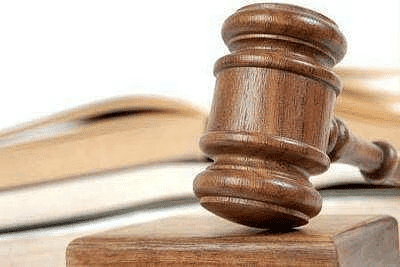
Why in News?
The Supreme Court of India has recently criticized both the Central and State governments for their failure to promptly appoint Information Commissioners, which is essential for safeguarding citizens' rights under the Right to Information (RTI) Act.
Key Takeaways
- There are currently eight vacant positions for Information Commissioners in the Central Information Commission (CIC).
- Over 23,000 appeals are pending from citizens seeking information from various government departments.
- Several State Information Commissions (SICs) have become defunct since 2020.
- Some SICs have ceased to accept petitions under the RTI Act due to insufficient staff.
Additional Details
- About the RTI Act, 2005: The RTI Act was enacted in June 2005 and came into effect in October 2005, with the primary aim of granting citizens the right to access information held by Public Authorities (PAs).
- Nodal Agency: The Department of Personnel and Training (DoPT) under the Ministry of Personnel, Public Grievances, and Pensions (MoPPG&P) oversees the implementation of the RTI Act.
- Institutional Framework: The Act is implemented through the Central Information Commission (CIC) and State Information Commissions (SICs), which are responsible for addressing appeals regarding information denial.
- Public Information Officers (PIOs): PIOs are designated at both central and state levels to respond to information requests from citizens.
- CIC Composition: The CIC consists of a Chief Information Commissioner and up to ten Information Commissioners, appointed by the President of India based on a recommendation committee.
- The ongoing vacancies and operational challenges faced by Information Commissions highlight the critical need for timely appointments to ensure the effective functioning of the RTI Act, ultimately safeguarding the rights of citizens.
Karnataka HC Strikes Down Electricity Rules, 2022
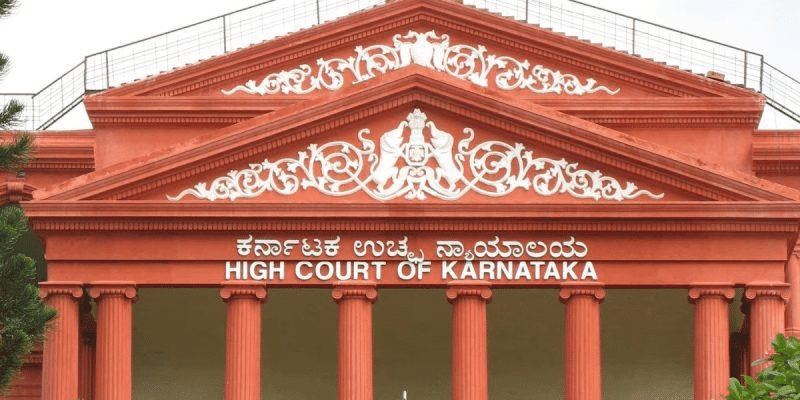
Why in News?
Recently, in the case involving Brindavan Hydropower Private Limited in 2024, the Karnataka High Court invalidated the Electricity (Promoting Renewable Energy Through Green Energy Open Access) Rules, 2022 (GEOA Rules, 2022) that were established by the Central Government. The Court also annulled the Karnataka Regulatory Commission (Terms and Conditions for Green Energy Open Access) Regulations, 2022, which were created by the Karnataka Electricity Regulatory Commission (KERC) based on the now-invalidated GEOA Rules, 2022.
Key Takeaways
- The High Court ruled that the Central Government exceeded its authority in creating the GEOA Rules.
- KERC has the exclusive power to frame rules under Sections 42(2) and 181 of the Electricity Act, 2003.
- The Central Government's defense cited its powers under the Union List and Concurrent List, along with Section 176(1) of the Electricity Act, 2003.
- The ruling emphasizes the need for adherence to the regulatory framework established by the Electricity Act, 2003.
Additional Details
- Petitioners' Arguments: Hydroelectric companies argued that the Central Government’s rule infringed on KERC's exclusive powers to frame regulations under the Electricity Act.
- Central Government's Defense: The government claimed that the GEOA Rules were critical for meeting international treaty obligations under COP26 commitments made at the Glasgow Summit in 2021.
- Reason for Striking Down: The Court found that the Central Government lacked the authority to enact such rules, as these powers are meant for State Electricity Regulatory Commissions, like KERC, thereby ensuring independence from government interference.
- The ruling by the Karnataka High Court underscores the importance of maintaining the regulatory framework that ensures State Electricity Regulatory Commissions retain the authority to regulate open access. This decision highlights the crucial balance between central policies and state autonomy, which is vital for effective governance in India's energy sector.
What are GEOA Rules, 2022?
- About: The GEOA Rules were designed to accelerate India’s renewable energy initiatives, ensuring access to affordable, reliable, sustainable, and green energy through open access.
- Salient Features:
- Promotion of generation, purchase, and consumption of green energy, including from Waste-to-Energy plants.
- Lower Threshold: The limit for Open Access Transactions was reduced from 1 MW to 100 kW, allowing smaller consumers to buy renewable energy.
- Right to Demand Green Power: Consumers are entitled to request green power from Discoms, who must supply it.
- Uniform RPO: A uniform Renewable Purchase Obligation applies to all obligated entities, including discoms, mandating a purchase of a certain percentage of their electricity from renewable sources.
- Green Certificates: Consumers using green energy receive green certificates as recognition, along with incentives such as caps on cross-subsidies and removal of extra surcharges to promote green energy.
Status of India’s Power Sector
- As of April 2024, India is the third-largest electricity producer and consumer, with an installed capacity of 442.85 GW. Power consumption grew by 9.5% in the fiscal year 2023.
- Energy projects account for 24% of the Rs. 111 lakh crore infrastructure pipeline, while aggregate technical and commercial (AT&C) losses stood at 15.4% in FY2023. The Revamped Distribution Sector Scheme (RDSS) aims to reduce AT&C losses to 12-15% by 2024-25.
Committee Related to Reform in Power Sector
- Kirit Parikh Committee (2022): Recommended pricing reforms for petroleum and natural gas linked to power generation.
- Ashok Chawla Committee (2011): Studied resource allocation, including coal and natural gas for power generation.
- Deepak Parekh Committee (2008): Recommended measures for financing power sector projects.
In conclusion, the Karnataka High Court's ruling emphasizes the necessity for compliance with established regulations, ensuring that the responsibility for regulating open access remains with State Electricity Regulatory Commissions. This judgment is pivotal in maintaining the balance between central policies and state autonomy, which is essential for effective governance in India's energy sector.
Mains Question:
Q: Evaluate India's commitments under the COP26 summit and their impact on national energy policies.
Draft Digital Personal Data Protection Rules, 2025
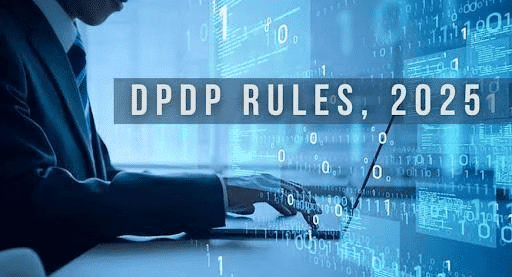
Why in News?
Recently, the Ministry of Electronics & IT has unveiled the draft Digital Personal Data Protection (DPDP) Rules, 2025. These rules aim to safeguard citizens' rights regarding their personal data while promoting India's digital economy and innovation.
Key Takeaways
- The DPDP Rules, 2025 operationalize the Digital Personal Data Protection Act (DPDP Act), 2023.
- They permit the transfer of specific personal data outside India with government approval.
- Citizens are empowered with rights such as data erasure and appointing digital nominees.
Additional Details
- Data Fiduciaries: These are entities, including social media platforms, e-commerce companies, and online gaming platforms, which collect and process personal data.
- Data Erasure: Data may be retained for up to three years from the last interaction with the Data Principal (the user) or the effective date of the rules, whichever is later. Data Fiduciaries must inform the Data Principal at least 48 hours before erasure.
- Digital-First Approach: The rules advocate for a "digital by design" approach, establishing the Data Protection Board of India (DPBI) to facilitate consent mechanisms and grievance redressal for efficient resolution of complaints online.
- Graded Responsibilities: These rules introduce graded responsibilities, easing the compliance burden for startups and MSMEs, while imposing higher obligations on Significant Data Fiduciaries—digital platforms with a large user base, such as Facebook and Amazon.
- Consent Managers: Digital platforms may utilize Consent Managers to handle the collection and management of user consent, which must be a company incorporated in India with a minimum net worth of two crore rupees.
- DPBI: The draft rules outline a framework for establishing the DPBI, which will possess civil court powers to address personal data breach complaints.
- The Draft Digital Personal Data Protection Rules, 2025 signify a crucial step in enhancing personal data protection in India while ensuring that the process supports the growth of the digital economy.
10 Years of UJALA and SLNP
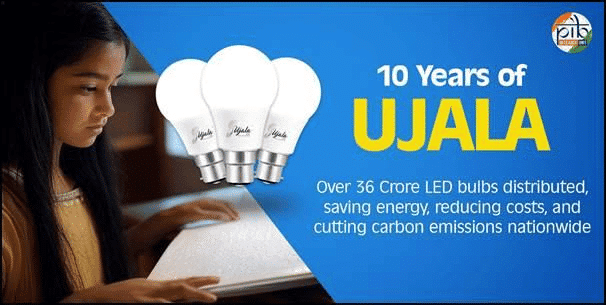
Why in News?
The Unnat Jyoti by Affordable LEDs for All (UJALA) scheme, launched on 5th January 2015, celebrates its 10th anniversary as a pivotal initiative in enhancing energy efficiency. UJALA has transformed household lighting, decreased energy consumption, and significantly contributed to India's environmental sustainability objectives. Alongside UJALA, the Street Lighting National Programme (SLNP) aims to replace traditional streetlights with energy-efficient Light Emitting Diodes (LEDs).
Key Takeaways
- The UJALA scheme promotes energy efficiency by replacing traditional lighting with energy-saving LED bulbs.
- Over 36.87 crore LED bulbs have been distributed, leading to substantial energy savings and reduced carbon emissions.
Additional Details
- UJALA Scheme: Launched in January 2015, the scheme focuses on replacing incandescent lamps (ICLs) and compact fluorescent lamps (CFLs) with LED bulbs to save energy.
- Objectives: The UJALA scheme aims to save approximately 85 lakh kWh of electricity and reduce 15,000 tonnes of carbon dioxide emissions by replacing 77 crore traditional bulbs and 3.5 crore streetlights with LEDs.
- Need for UJALA: Lighting accounts for about 18-27% of residential electricity usage in India, with a significant portion relying on less efficient lighting solutions.
- Efficiency of LEDs: LEDs can save up to 90% energy compared to ICLs and 50% compared to CFLs. They also last 25 times longer than incandescent bulbs.
Key Facts About SLNP
- Objectives: The SLNP aims to reduce energy consumption and operational costs for municipalities while transitioning to energy-efficient appliances.
- Implementing Agency: EESL collaborates with urban local bodies and government entities to implement the program nationwide.
- Business Model: EESL covers initial costs, recouping investments through payments from municipalities while ensuring a 95% uptime for LED streetlights.
- The UJALA scheme and SLNP have significantly propelled India's energy efficiency and sustainability targets, achieving reductions in energy consumption and carbon emissions while facilitating economic savings. These initiatives exemplify the effectiveness of government-led efforts in fostering a greener, energy-efficient future.
Mains Question
Q: Examine the role of government-led initiatives such as the UJALA and SLNP schemes in addressing energy efficiency challenges in India.
CBI Exempt from State Consent for Central Employees
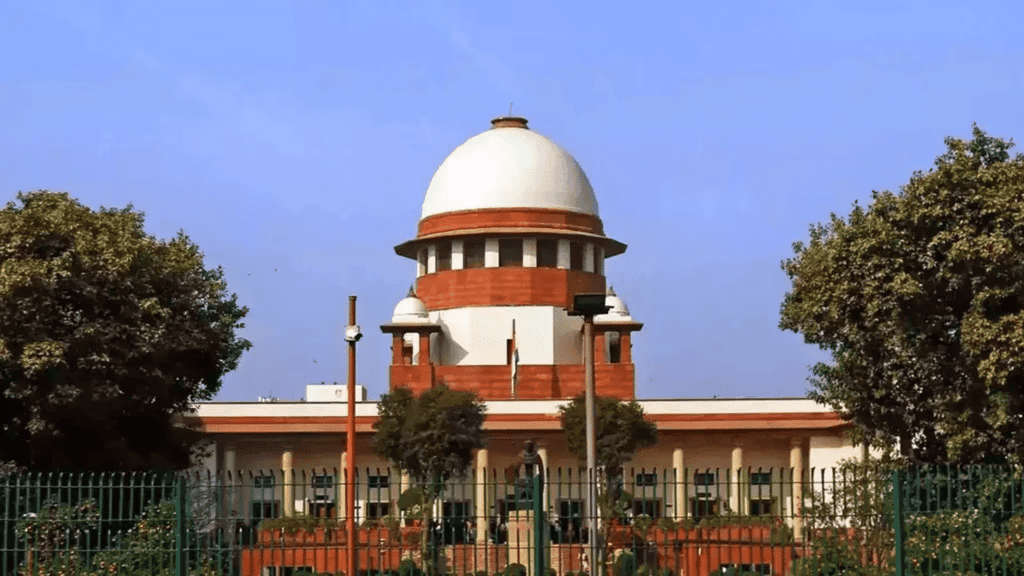
Why in News?
Recently, the Supreme Court (SC) ruled that the Central Bureau of Investigation (CBI) can register cases under central laws, such as the Prevention of Corruption Act, 1988, against Central government employees located in states without requiring consent from the state government. This decision overturned a previous ruling by the Andhra Pradesh High Court, which had quashed two FIRs against Central government employees due to the absence of consent from Telangana to prosecute them.
Key Takeaways
- The Supreme Court has clarified the CBI's authority to investigate Central government employees without state consent.
- This ruling emphasizes the CBI's role in upholding central laws across states.
- The decision has significant implications for the relationship between state and central law enforcement agencies.
Additional Details
- What is State Consent for CBI: It refers to the necessity for the CBI to obtain permission from a state government before conducting investigations in that state's jurisdiction. This requirement is rooted in the federal structure of the Indian Constitution, which defines the powers of both central and state governments.
- Legal Basis: According to Section 6 of the Delhi Special Police Establishment (DSPE) Act, 1946, the CBI must obtain state consent for investigations unless directed otherwise by the judiciary or the central government for specific purposes.
- Types of Consent:
- General Consent: States may provide blanket permission for the CBI to operate within their jurisdiction without needing case-specific approval.
- Specific Consent: When general consent is not provided, the CBI must seek permission for each individual case from the state government.
- What is CBI: The CBI was established in 1963 by a resolution from the Ministry of Home Affairs, following the recommendations of the Santhanam Committee on Prevention of Corruption (1962-1964). It serves as the nodal police agency for coordinating investigations with Interpol member countries.
- Functioning: The CBI derives its investigative powers from the Delhi Special Police Establishment Act, 1946, and operates under the Ministry of Personnel, Public Grievances, and Pensions, which is overseen by the Prime Minister's Office.
- Supervision Over CBI: The Central Vigilance Commission (CVC) oversees the CBI's investigations related to the Prevention of Corruption Act, 1988. In other matters, oversight lies with the Department of Personnel & Training (DOPT) in the Ministry of Personnel, Pension & Grievances of the Government of India.
- Appointment of CBI Director: Under the Lokpal Act, 2014, the appointment of the CBI Director is recommended by a committee comprising the Prime Minister, the Leader of the Opposition, and the Chief Justice of India (or a Supreme Court Judge). The Director has a tenure of 2 years, which can be extended up to 5 years in the public interest.
- This ruling by the Supreme Court is a pivotal development that clarifies the operational autonomy of the CBI in prosecuting Central government employees, thus reinforcing the enforcement of central laws across different states without the hindrance of state-level consent.
Third-Party Audits for Smart Cities Mission
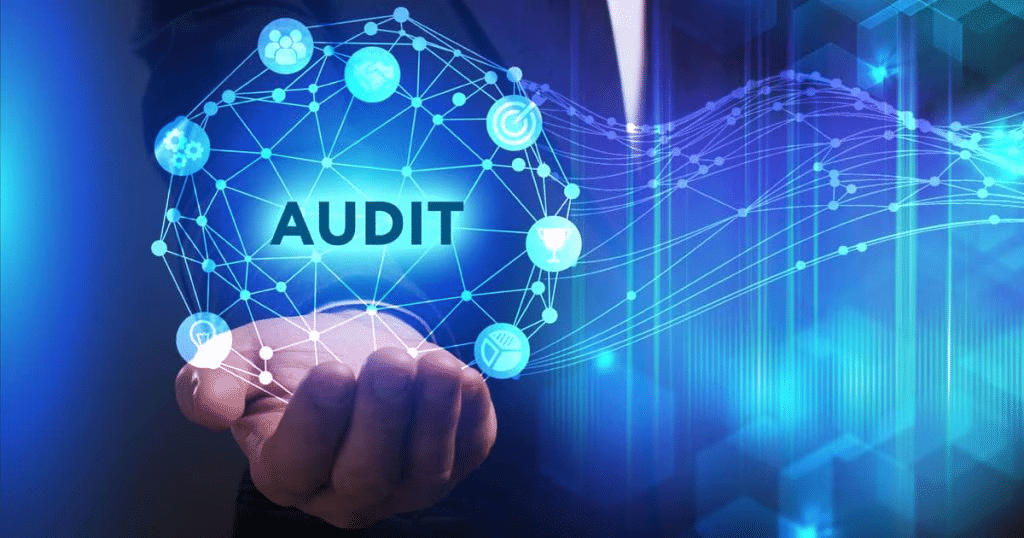
Why in News?
Recently, a Parliamentary Standing Committee on housing and urban affairs has called for third-party assessments of projects under the Smart Cities Mission (SCM). This initiative aims to address gaps in implementation, particularly in smaller cities.
Key Takeaways
- Third-party evaluations provide unbiased analyses of project progress and impacts.
- Such audits enhance transparency and build trust among stakeholders.
- They can identify disparities between larger and smaller cities in terms of resource allocation.
- Assessments can strengthen the capacity of Urban Local Bodies (ULBs) for better governance.
- Future planning insights can lead to sustainable urban growth.
Additional Details
- Assessment and Transparency: Third-party evaluations offer a clear analysis of project progress, which helps in identifying implementation gaps and areas for improvement.
- Evidence-Based Policy: The expertise of Special Purpose Vehicles (SPVs) in urban development can be leveraged to enhance other initiatives, such as AMRUT and DAY-NULM.
- Addressing Disparities: Independent audits can highlight challenges faced by smaller cities, particularly in the northeast, and suggest tailored strategies for balanced development.
- Strengthening Urban Local Bodies (ULBs): Many ULBs lack the capacity to manage large-scale projects; third-party assessments can identify best practices to improve governance.
- Future Planning and Sustainability: Insights from these audits will contribute to more integrated urban development approaches, ensuring alignment with growth needs.
- The Smart Cities Mission (SCM) is a Centrally Sponsored Scheme launched in June 2015, aimed at transforming 100 cities across India by enhancing core urban infrastructure and ensuring a clean and sustainable environment through the application of smart solutions. The mission promotes efficient resource use, governance through digital platforms, and affordable housing, among other objectives.
Challenges in Implementing SCM Projects
- Cost and Funding: Significant investment is needed for upgrading infrastructure and maintaining networks. Some cities have not received full funding due to slow project progress.
- Displacement and Social Impact: Over 49% of urban populations live in slums, and smart city projects can displace residents, affecting community structures.
- Delay in Project Completion: Approximately 10% of projects remain incomplete due to inadequate planning and bureaucratic hurdles.
- Privacy and Data Security: The vast data collection raises concerns about breaches and misuse, necessitating strong cybersecurity measures.
- Lack of Coordination: Differing priorities among various government levels hinder effective implementation.
- Sustainability Concerns: The long-term sustainability of technology-driven solutions is questionable without addressing fundamental urban planning issues.
Way Forward
- Addressing Funding Issues: Explore Public-Private Partnerships (PPP) and seek financial support from various sources to ensure timely project progress.
- Capacity Building: Implement capacity-building programs to enhance governance and project execution, especially in smaller cities.
- Timely Project Completion: Focus on detailed planning and streamlined approvals to avoid project delays.
- Ensuring Data Security: Establish comprehensive data protection policies and promote public awareness regarding data usage.
- Sustainability and Long-Term Planning: Integrate environmental, social, and economic factors in planning to ensure the sustainability of smart city projects.
PMAY-G and Rural Poverty Alleviation in India
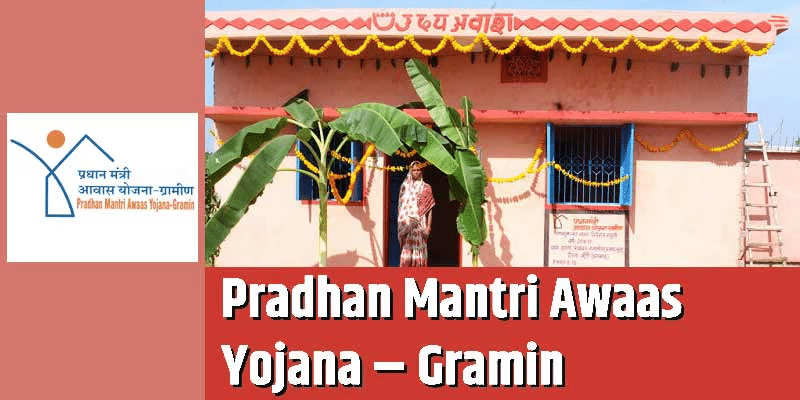
Why in News?
The Ministry of Rural Development has highlighted the progress of the Pradhan Mantri Awas Yojana-Gramin (PMAY-G) and emphasized the need to intensify efforts towards creating poverty-free villages. By ensuring the timely and effective implementation of various rural development schemes, the ministry aims to achieve a poverty-free India.
Key Takeaways
- The PMAY-G was introduced in 2016 to provide affordable housing for the rural poor.
- Financial assistance is provided based on the Socio-Economic Caste Census (SECC) 2011 data.
Additional Details
- Financial Assistance: Beneficiaries receive Rs 1.20 lakh in plain areas and Rs 1.30 lakh in specific hill states and Union Territories, with cost-sharing patterns of 60:40 and 90:10 respectively.
- Toilet Support: Beneficiaries receive Rs 12,000 for toilet construction through the Swachh Bharat Mission Grameen (SBM-G).
- Cooking Fuel: An LPG connection is provided per house through convergence with the Pradhan Mantri Ujjwala Yojana.
- Employment Support: Beneficiaries are eligible for 90/95 person-days of unskilled work under the Mahatma Gandhi National Rural Employment Guarantee Act (MGNREGA) for house construction.
- The scheme reserves 60% of targets for Scheduled Castes (SC) and Scheduled Tribes (ST) households.
- The initial target of 2.95 crore houses by 2023-24 has been extended to include an additional 2 crore houses.
- As of November 2024, significant achievements include the sanctioning of 3.21 crore houses and completion of 2.67 crore houses. New mobile applications have also been launched to streamline processes and improve transparency.
Challenges in Removing Poverty in Rural India
- Dependency on Agriculture: A majority of the rural population relies on agriculture, which is threatened by climate change and inadequate infrastructure.
- Unemployment and Underemployment: Limited job opportunities and a lack of skills result in high rates of unemployment.
- Limited Access to Services: Education, healthcare, and sanitation services are often inadequate.
- Land Ownership: Many rural families lack secure land rights, hindering their ability to invest.
- Social Inequality: Marginalized communities face discrimination, limiting access to resources and perpetuating poverty cycles.
- Migration: Young, educated individuals often migrate to urban areas, resulting in a "brain drain" in rural regions.
- Governance Challenges: Weak implementation of policies and corruption hinder effective poverty reduction efforts.
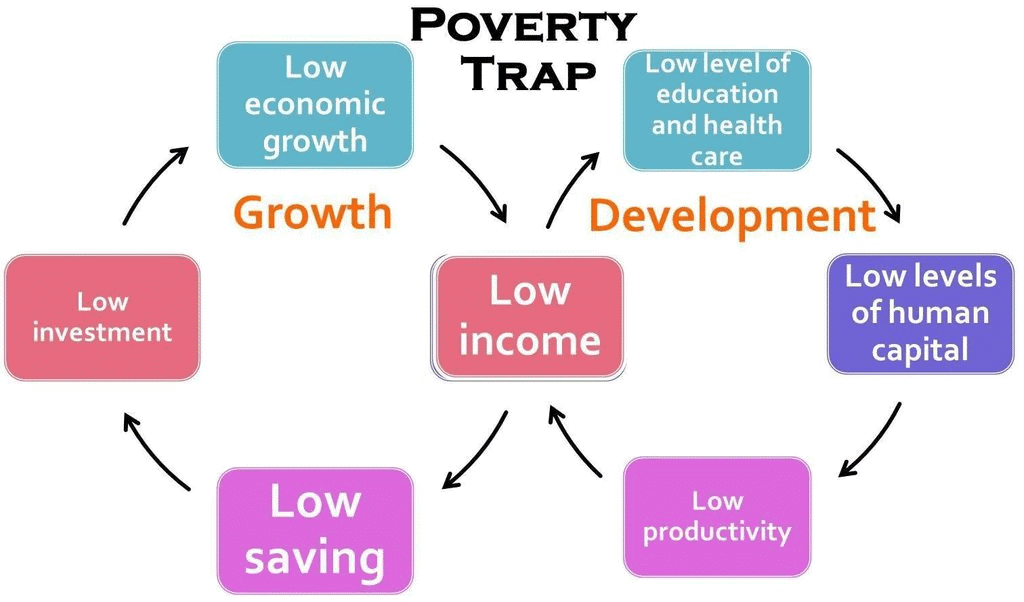
Strategies for a Poverty-free Rural India
- Achieve Sustainable Development Goals (SDGs): Focus on goals like No Poverty, Zero Hunger, and Good Health to address various aspects of rural poverty.
- Social Protection and Welfare: Ensure comprehensive coverage for vulnerable groups under various pension schemes and healthcare access.
- Employment Generation: Enhance employment opportunities through skill mapping and training programs.
- Linking SHGs and Farmers’ Groups: Integrate Self-Help Groups and Farmers Producer Organisations with enterprise schemes.
- Infrastructure Development: Invest in roads, schools, and community centers for better access to services.
- Behavioral and Social Change: Address issues like informal credit and substance abuse while promoting women's participation.
- Disaster Preparedness and Climate Action: Establish task forces for disaster risk reduction and promote sustainable agricultural practices.
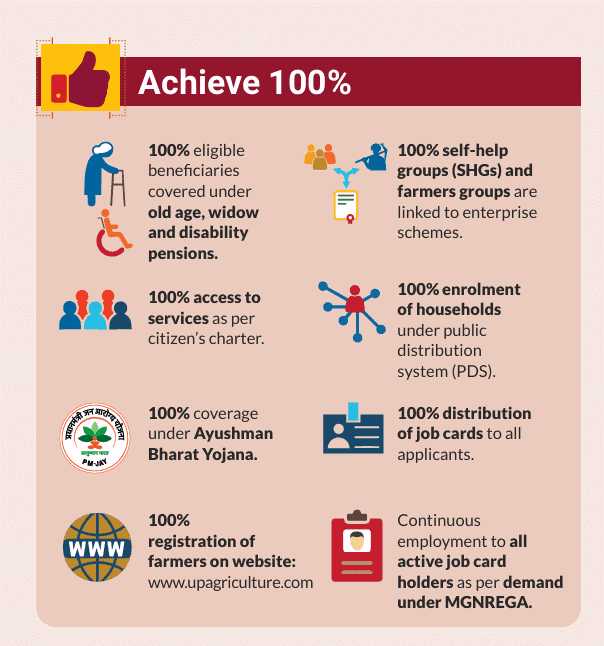
In conclusion, poverty alleviation in rural India requires a comprehensive approach that combines housing, financial aid, employment, and infrastructure development. Addressing challenges such as dependence on agriculture, unemployment, and social inequality is crucial for achieving poverty-free villages through sustainable development, skill enhancement, and financial inclusion.
Mains Question
Q: Assess the challenges faced by rural India in achieving poverty reduction and the role government initiatives play in overcoming these challenges.
Decline of Private Members' Bills in Indian Parliament
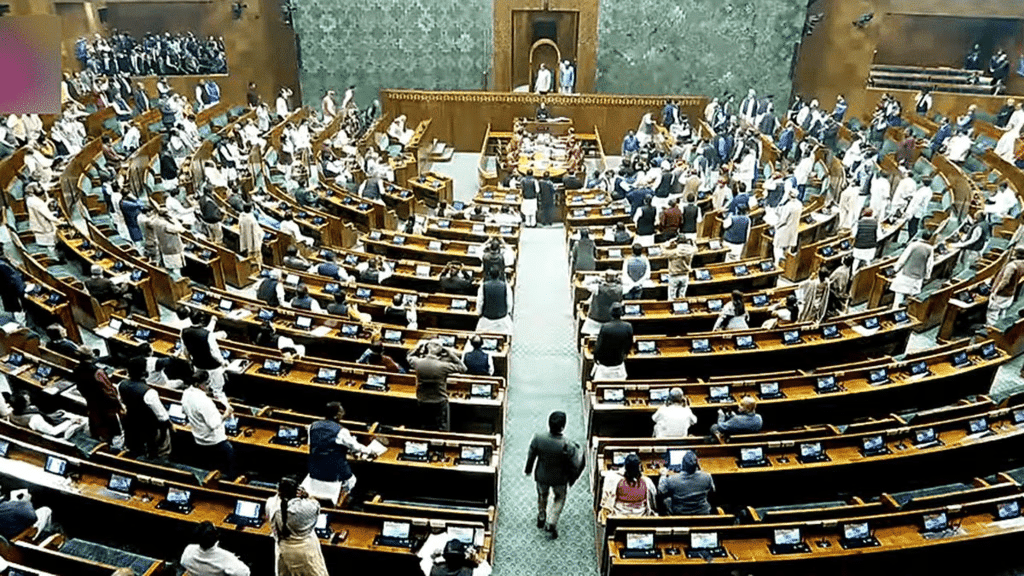
Why in News?
In recent years, there has been a noticeable decline in the significance of Private Members' Bills in India's Parliament. These bills are essential for allowing Members of Parliament (MPs) to express independent views. However, due to limited time allocation, the 17th Lok Sabha, which spans from June 2019 to February 2024, has seen a significant reduction in the time dedicated to discussing these bills. This trend raises concerns about the diminishing role of individual MPs and the overall health of parliamentary democracy in India.
Key Takeaways
- Private Members' Bills, crucial for independent legislative expression, have been increasingly sidelined.
- The 17th Lok Sabha allocated only a fraction of session hours to discuss these bills.
- Only 14 Private Members' Bills have been passed since India's independence, with none passing since 1970.
Additional Details
- Private Members' Bill: These are legislative proposals put forward by MPs who are not part of the government, allowing them to introduce laws or amendments relevant to their constituencies. They can also suggest resolutions to address specific issues.
- Procedure: The process involves drafting and submitting the bill with at least one month's notice, followed by introduction and discussions in Parliament. However, debate time is often limited, typically occurring in Friday sessions.
- Significance: These bills offer a platform for MPs to voice their opinions on significant matters without party pressure. A notable example is H.V. Kamath's bill in 1966, which sought to amend the Constitution post the death of Prime Minister Lal Bahadur Shastri.
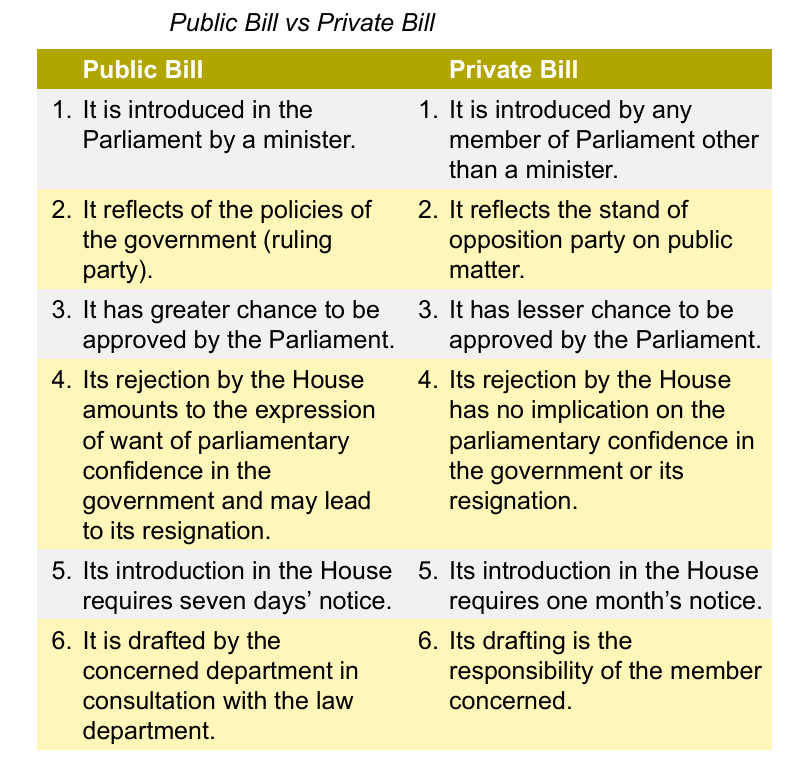
- The decline in Private Members' Bills can be attributed to various factors, including limited time and attention allocated to them during parliamentary sessions. Data from PRS Legislative Research illustrates that the 17th Lok Sabha dedicated only 9.08 hours to these bills, compared to 27.01 hours in the Rajya Sabha. In the two sessions of the 18th Lok Sabha, only 0.15 hours were spent on such bills in the Lower House and 0.62 hours in the Rajya Sabha, indicating a serious lack of attention.
- Furthermore, the scheduling of Private Members' business on Fridays limits discussions, as many MPs leave for their constituencies, further constricting the opportunity for debate. The overall lack of seriousness among MPs, with many skipping discussions, has also contributed to this decline.
- To revive Private Members' Bills, it is suggested that shifting their discussions to midweek could enhance participation and deliberation. It is crucial to protect the constitutional space for individual expression in Parliament and encourage MPs to engage actively with their proposed legislation.
Arunachal Pradesh Freedom of Religion Act, 1978
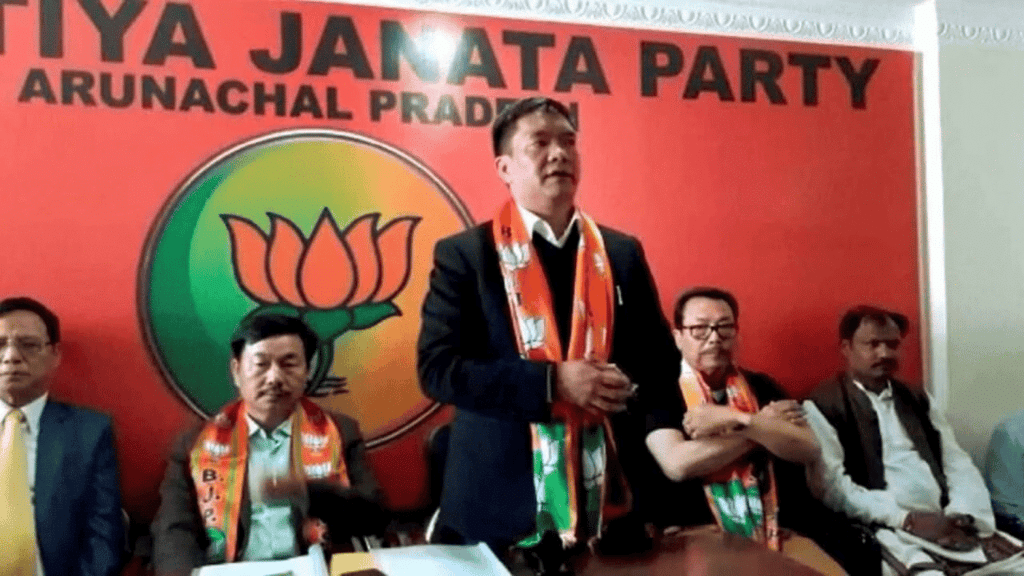
Why in News?
The government is currently taking measures to implement the Arunachal Pradesh Freedom of Religion Act of 1978 by developing rules for its enforcement, nearly 46 years after it was first enacted. This initiative aims to tackle concerns regarding forceful religious conversions occurring in the state.
Key Takeaways
- The Act was established to prohibit coercive religious conversions.
- It recognizes indigenous faiths and aims to protect the traditional practices of native communities.
- Recent efforts to revive the Act have been spurred by legal challenges and support from local organizations.
Additional Details
- About the Act: The Arunachal Pradesh Freedom of Religion Act was introduced in 1978 during a transformative period in the state to safeguard the indigenous religious practices from external coercion.
- Definition of Indigenous Faiths:The Act explicitly acknowledges various indigenous faiths as legitimate religions, including:
- Buddhism: Practiced by tribal groups such as Monpas, Membas, Sherdukpens, Khambas, Khamptis, and Singphos.
- Nature Worship: This includes the worship of Donyi-Polo, which translates to "Sun and Moon," representing a significant indigenous religion among Tani and other Sino-Tibetan peoples.
- Vaishnavism: Observed by communities like the Noctes and Akas.
- Prohibition of Forced Conversion: The Act strictly forbids any religious conversion under duress or coercive circumstances.
- Punishment for Violation: Individuals guilty of forced conversion may face up to 2 years of imprisonment and fines reaching Rs. 10,000.
- Mandatory Reporting: The Act requires that all acts of religious conversion be reported to the Deputy Commissioner of the respective district.
- The push for the Act's revival gained momentum following a Public Interest Litigation (PIL) in 2022, which prompted the Gauhati High Court to intervene, leading the state government to finalize necessary rules for its implementation.
- Support has also come from the Indigenous Faiths and Cultural Society of Arunachal Pradesh (IFCSAP), which advocates for the protection of indigenous beliefs, especially in districts experiencing conversion rates as high as 90%.
- The Christian population in Arunachal Pradesh has seen a significant increase, growing from 0.79% in 1971 to 30.26% in 2011.
In conclusion, the Arunachal Pradesh Freedom of Religion Act of 1978 plays a crucial role in preserving the cultural and religious identity of indigenous communities within the state. The recent governmental actions reflect a commitment to safeguarding these values against coercive practices.
Watershed Development Component 2.0 of PMKSY
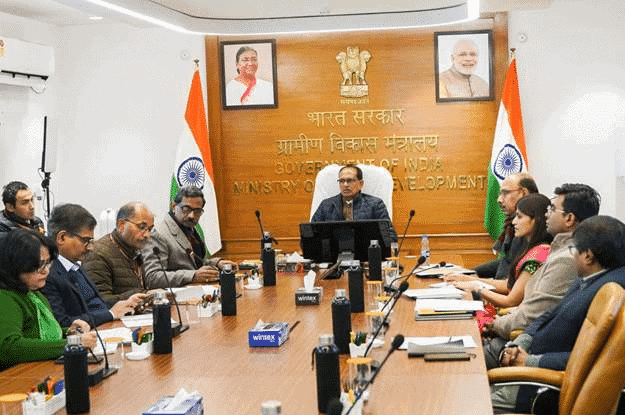
Why in News?
The Ministry of Rural Development (MoRD) has given the green light to 56 new Watershed Development Projects in 10 high-performing states, with a budget allocation of Rs. 700 crore.
Watershed Development Component of PMKSY (WDC-PMKSY)
- The Integrated Watershed Management Programme (IWMP) was initiated in 2009-10.
- In 2015-16, IWMP was merged with the Pradhan Mantri Krishi Sinchayee Yojana (PMKSY) and became WDC-PMKSY.
- The government continued WDC-PMKSY as 'WDC-PMKSY 2.0' from 2021 to 2026, targeting 49.50 lakh hectares with a financial outlay of Rs. 8,134 crore.
- WDC-PMKSY 2.0 will be implemented in states such as Rajasthan, Madhya Pradesh, Karnataka, Odisha, Tamil Nadu, Assam, Nagaland, Himachal Pradesh, Uttarakhand, and Sikkim.
What is a Watershed?
- A watershed is a land area that directs rainfall, snowmelt, and runoff into a shared water body.
- Watershed development involves managing and conserving water resources within a specific watershed to enhance water availability, improve soil fertility, and promote sustainable land use.
Significance of Watershed Development
- Improved Water Availability: Watershed development projects enhance groundwater recharge through rainwater harvesting and increase surface water storage capacity in ponds, check dams, and other structures. Successful examples include World Bank projects in Himachal Pradesh, Uttarakhand, and Karnataka.
- Sustainable Agriculture: These projects help prevent soil erosion and improve soil fertility, which are essential for maintaining healthy agricultural ecosystems.
- Economic Upliftment: Watershed development creates livelihood opportunities through activities such as afforestation, fisheries, water harvesting, and agro-based industries.
- Resilience to Climate Variability: With climate change causing erratic rainfall patterns, watershed development is crucial for building resilience to climate-induced challenges like droughts and floods.
Way Ahead
- Better Integration of Technology: Utilizing modern technologies like Geographic Information Systems (GIS), Remote Sensing (RS), and drones for mapping watersheds can enhance the efficiency and impact of watershed management.
- Collaboration Between Stakeholders: Effective coordination among central and state governments, local bodies, NGOs, and farmers is vital for the successful implementation of watershed development projects. Public-private partnerships involving corporations, research institutions, and local governments can further enhance the scope and impact of these initiatives.
Debate Over National Anthem
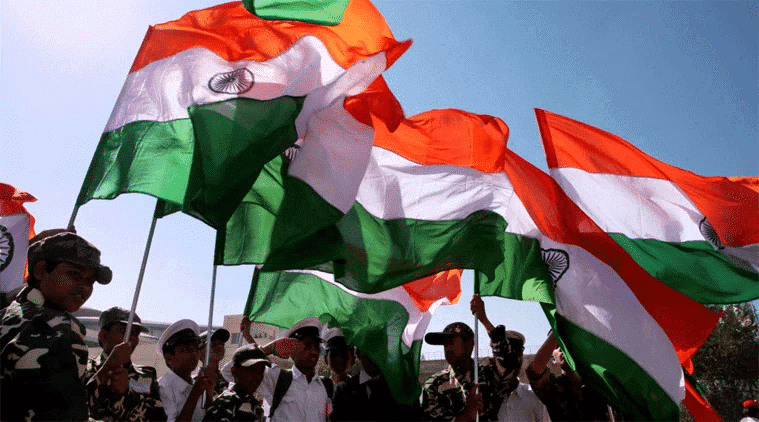
Why in the News?
Tamil Nadu Governor R.N. Ravi walked out of the Legislative Assembly without giving his opening address for the first session of the year, saying the National Anthem was not played before his speech. Last year, he also refused to read his address.
What is the practice followed in the TN Legislative Assembly during and after the Governor’s address?
Governor’s Address Protocol
- Traditionally, the Tamil Thai Vaazhthu (state anthem) is sung at the beginning of the Governor’s address, while the National Anthem is played at the end.
- This practice was established in July 1991 during the AIADMK government led by Jayalalithaa.
Recent Incident
- Governor R.N. Ravi walked out of the Assembly without delivering his address, citing that only the state anthem was played upon his arrival and not the National Anthem.
- He expressed that this constituted a disrespect to both the Constitution and the National Anthem.
Is singing the National Anthem mandatory on certain occasions?
- Constitutional Duty: Article 51(A)(a) of the Constitution includes respecting the National Anthem as a fundamental duty of every citizen.
- Government Guidelines: The Ministry of Home Affairs’ Orders specify occasions when the National Anthem must be played, such as during civil and military investitures, parades, arrival/departure of the President or Governor, and ceremonial State functions.
- Judicial Clarifications: The courts have observed that while the National Anthem deserves respect, its singing or playing on all occasions is not mandatory unless explicitly specified.
Can punishment be imposed if it isn’t played at official functions?
- Legal Provisions: The Prevention of Insults to National Honour Act, 1971 penalizes deliberate insult or contempt of the National Anthem with imprisonment up to 3 years, a fine, or both.
- Relevant Case Example: In 2019, the Madras High Court dismissed a petition seeking punishment for the non-playing of the National Anthem at an official function, citing the lack of a legal mandate to enforce its singing or playing on all occasions.
Why does the government make the national anthem on major government occasions?
- Fostering Unity and National Pride: Playing the National Anthem at significant government events reinforces a sense of collective identity, unity, and patriotism among citizens.
- Respecting Constitutional Ideals: Mandating the National Anthem aligns with Article 51(A)(a) of the Constitution, which enshrines the fundamental duty of every citizen to respect the National Anthem.
Way forward
- Establish Uniform Protocols: The government should issue clear and consistent guidelines for playing the National Anthem at official events to avoid confusion and ensure uniformity across states and institutions.
- Promote Awareness and Respect: Conduct awareness campaigns emphasising the significance of the National Anthem as a unifying symbol, fostering voluntary respect and participation without compulsion or controversy.
|
98 videos|951 docs|37 tests
|
















